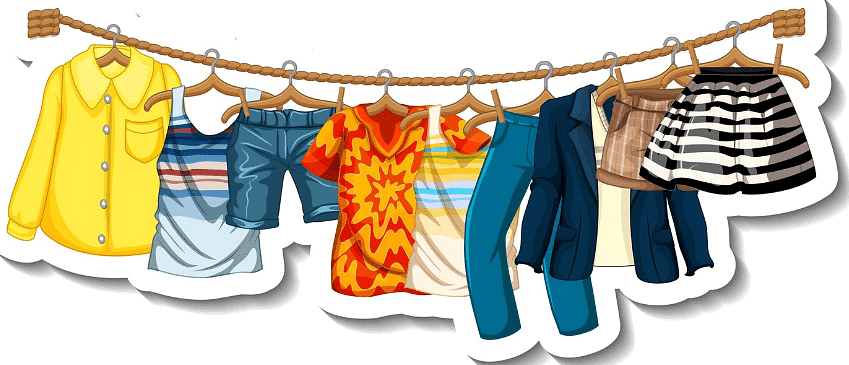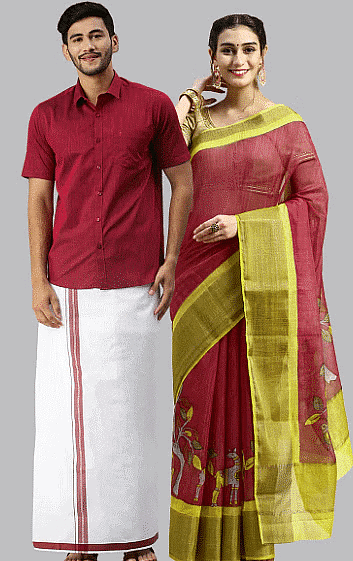Clothes - 2 Class 3 Worksheet SST

Q1: Multiple Choice Questions (MCQs)
(i) What do our clothes tell about us?
(a) Our favorite colors
(b) Our age and occupation
(c) Our hobbies
(ii) What do some clothes like sari, shawl, and dhoti have in common?
(a) They are stitched clothes.
(b) They are made of animal skins.
(c) They are unstitched clothes.
(iii) What was one of the earliest materials used by humans to make clothes?
(a) Animal skins
(b) Cotton fabric
(c) Plastic
(iv) When did stitched clothes become popular?
(a) During ancient times
(b) In recent times
(c) Stitched clothes have never become popular.
(v) What has become a universal aspect of clothing?
(a) Animal skins
(b) Unstitched clothes
(c) Clothes making a statement
Q2: True/False Statements
(i) Clothes can reveal information about a person's age and occupation.
(ii) Stitched clothes like shirts and pants were used by humans from the very beginning.
(iii) Sari, shawl, and dhoti are examples of stitched clothes.

(iv) Our clothes don't communicate any information about us to others.
(v) Clothes that are draped around the body are called unstitched clothes.
Q3: Fill in the Blanks
(i) Clothes can tell us about the _______ in which we live.
(ii) Unstitched clothes like sari and dhoti are _______ around the body.
(iii) The story of clothes is a ______ one.
(iv) In the past, humans used tree leaves, tree bark, and ______ to cover themselves.
(v) Stitched clothes became popular much _____ in history.
Q4: Answer the following questions
(i) How do clothes make a statement about an individual's background and preferences?
(ii) What were some of the early materials used by humans for clothing before the invention of woven fabric?
(iii) Why do unstitched garments like the sari, shawl, and dhoti continue to be popular in some cultures?
(iv) What is the main message the passage conveys about clothing's historical development and cultural significance?
You can access the solutions to this worksheet here.
FAQs on Clothes - 2 Class 3 Worksheet SST
| 1. What types of clothes are commonly worn in different seasons? |  |
| 2. How can I choose the right size of clothes? |  |
| 3. What are some tips for taking care of clothes? |  |
| 4. What are the differences between formal and casual clothing? |  |
| 5. How do cultural differences influence clothing choices? |  |





















